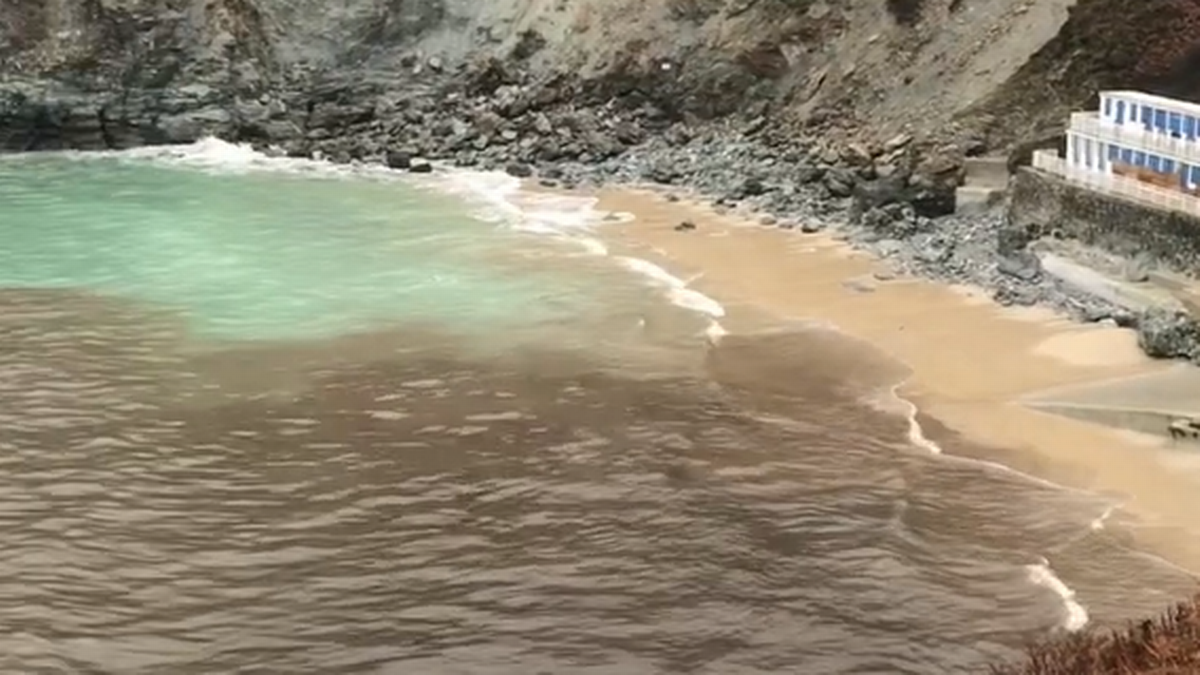A huge sewage discharge has been caught on camera at one of Cornwall’s most picturesque beaches. The video above was taken at Trevaunance Cove in St Agnes this morning (Sunday, October 30).
The video was shared with CornwallLive by a local surfer and shows how a large section of the sea turned brown following recent rain.
The surfer said: “Growing up here, I’ve seen some bad ones. It’s unfortunately an increasingly regular occurrence once again.”
READ MORE: Here Are Medical Reasons Why You Should Put Garlic Under Your Pillow
Today, several sewage warnings have been issued on the north coast of Cornwall. Environment charity Surfers Against Sewage (SAS) is warning against storm sewage at Trevaunance Cove, but also at Mawgan Porth, Fistral North, Crantock, Trevaunance Cove, Godrevy Towans and Gwithian Beach.
The pollution alerts read: “Storm sewage has been discharged from a sewer overflow in this location within the past 48 hours.” You can see all warnings on SAS’s live map here.
Sewage dumps at beaches have been a regular occurrence across the UK in recent months, which has led to calls for the Government to clamp down on the water firms which are being criticised for not investing money back into the UK’s outdated drainage infrastructure. The foul material is sent into the sea when drains called combined storm overflows – as they combine rainwater with household wastewater – are overrun in heavy rain.
READ MORE: Foods That Can Naturally Fight Stomach Ulcer If Taken Often
A South West Water spokesperson said: “This year the South West has seen the dramatic changes in weather patterns presented by climate change, as demonstrated in August when the region was declared in drought. Through these changes we are now experiencing more extreme weather patterns than ever before and this year the South West saw one of the driest and hottest years on record.
“As well as prolonged periods of extremely hot weather, we have seen heavy localised rainfall which hasn’t been able to permeate into the dry ground, meaning significant volumes run into our network, which can cause our storm overflows to trigger.
“Following heavy, localised rainfall this morning (Sunday 30 October), a permitted storm overflow triggered at Trevaunance Cove in St Agnes, Cornwall. Storm overflows are designed to release excess storm water into rivers and seas when a prolonged rainfall occurs to prevent the risk of sewage backing up and flooding homes and public spaces by allowing a controlled release.
“We continue to increase investment in the region’s infrastructure as part of our continued commitment to protecting and enhancing the natural environment.”








